
Entheos Academy – How to Distinguish True Hope from False Hope with Anthony Scioli
Description
Entheos Academy – How to Distinguish True Hope from False Hope with Anthony Scioli [WebRip – 1 MP4]
Anthony Scioli earned his Bachelors of Science degree in the honors program at the University of Massachusetts. He is a Clinical Psychology professor and author of Hope in the Age of Anxiety and The Power of Hope.
How to Distinguish True Hope from False Hope
The vast majority of wellness experts focus on diet and exercise.
These are two obvious components in any health and wellness program. But what about the mind and spirit side of wellness?
What do you need to be emotionally well? I believe it is hope. You need hope to live well. Unfortunately, most of what has been written about hope is attributed to philosophers and theologians.
Psychologists have done little to promote hope. Instead Psychology has tended to focus on managing illness. Even the new positive psychology has yet to come forth will a full-fledged understanding of living well.
As a young psychologist the neglect of hope both confused and frustrated me. I decided to do something about it and for nearly three decades I have been researching hope, writing on hope, and helping my clients build more hope.
In this first of a five-part series on hope, you will learn the most fundamental lesson, how to distinguish true hope from false hope.
In subsequent lessons I will discussing the nine types of hopelessness, how to maximize the mind-body connection through hope-based healing, how to increase your spiritual intelligence, and how to be a hope provider for others.
The Top 10 Big Ideas
1. Hope Myths and Realities
As a psychologist, if I was asked to list the most important character strengths, I would begin with hope. I know that some might disagree. But objections to hope are based on myths and not on reality. One myth is that hope is the same thing as denial. Another myth is that hope involves a passive coping style in dealing with life stressors. A third myth is that hope is a private experience cut off from productive exchanges withplaces and people. A fourth myth is that hope is something in-born that cannot be taught or developed.
I put some of the blame for the persistence of these myths on the shoulders of mainstream psychology. Real hope can be compared to a network of four systems involving the human needs for attachment, mastery, survival, and spirituality.
2. Attachment Matters
Real hope is strongly rooted in attachment. To be more specific, hope requires trust, openness, and confidence in the continued presence of another. This social aspect of hope has rarely been discussed in psychology. However, it is a common theme in the philosophy and theology of hope. Having the right kind of relationships can give rise both a fundamental state of general hopefulness as well as a healthy directedness and sense of purpose in life.
3. Survival Skills
Real hope is based on the ability to regulate fear and stress as well as perceived options for escaping life’s difficulties. The philosopher Baruch Spinoza famously wrote that hope is the opposite of fear. Hope can act as a buffer that fosters emotional and physical regulation of mind and body. Beyond the sense of dread that invades the senses of those lacking in hope, there is a feeling of being trapped, of having run out of options. In contrast, hopeful survival includes the belief that alternative escape routes can always be found.
4. Mastery Lessons
Real hope comes from having higher goals, a sense of empowerment, and a collaborative mindset. Unlike mere “optimism”, the goals of hope are more transcendent and value-laden. Hopeful mastery is fueled by encouraging relationships that mirror (reflect back) strengths and promise ongoing assistance.
5. Spiritual Hope
Some form of spirituality is essential for a full experience of hope. In fact, for about 85% of the world’s population, the primary source of faith is derived from a religious or spiritual belief system. The spirituality of hope need not be religious but it must include one or more centers of value that are sources of faith.
I will explain centers of value and the three aspects of spiritual hope.
6. Left Brain and Right Brain Hope
The attachment, mastery, survival, and spiritual dimensions of hope engage both sides of the human brain. The left brain of hope involves care recruitment skills, plans, liberation beliefs, and spiritual intelligence. The right brain of hope involves feelings of trust, self-regulation, empowerment, and centeredness. Different techniques must be used to bolster these two sides of the brain’s hope network.
7. Understanding HopelessnessWhat is the opposite of hope? Spinoza was only partly correct. Hopelessness does not always bring fear. Because hope is ultimately derived from attachment, mastery, and survival needs, the absence of hope means that one or more of these needs has been disrupted.
I will summarize the nine forms of hopelessness that can result from breakdowns in attachment, mastery, or survival.
8. Healing with Hope
Hope remains the best medicine for maximizing the mind-body connection. This is because hope represents the most balanced response of the attachment, mastery, and survival systems in the context of a serious health challenge.
Relying on Aristotle’s four causes in nature, I will outline eight pathways by which hope can impact physical healing.
9. Spiritual Intelligence
Spiritual intelligence is a skill that comprises knowledge of centers of value and one’s particular spiritual type. In this part of lesson one, I will summarize the eight centers of value. At a later date, in Lesson Four, entitled Spiritual Intelligence, I will delve further into this topic and teach you how to discern your particular spiritual type and what activities might be most relevant to your brand of faith.
10. Being a Hope Provider
If hope can be taught and developed, there is an important role to be played by “hope providers”. Anyone can be a hope provider with the right knowledge and attitude. This includes parents, teachers, coaches, and healthcare providers. In this final lesson, I will outline the skills necessary to be an effective hope provider.
Preview Information:
Original Page
Archive Page
Entheos Academy – How to Distinguish True Hope from False Hope with Anthony Scioli Available now at Coursecui.com
Entheos Academy – How to Distinguish True Hope from False Hope with Anthony Scioli Download, Entheos Academy – How to Distinguish True Hope from False Hope with Anthony Scioli Available Now, Entheos Academy – How to Distinguish True Hope from False Hope with Anthony Scioli Order, Entheos Academy – How to Distinguish True Hope from False Hope with Anthony Scioli Reviews, Entheos Academy – How to Distinguish True Hope from False Hope with Anthony Scioli Torrent, Entheos Academy – How to Distinguish True Hope from False Hope with Anthony Scioli Course Download, Entheos Academy – How to Distinguish True Hope from False Hope with Anthony Scioli ClubBuy, Entheos Academy – How to Distinguish True Hope from False Hope with Anthony Scioli Groupbuy
More Course: EVERYTHING ELSE
Outstanding Course:The Encyclopedia Of Cards by Jean Pierre Vallarino



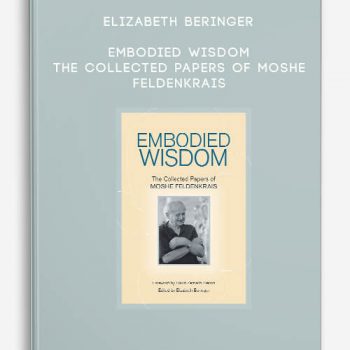
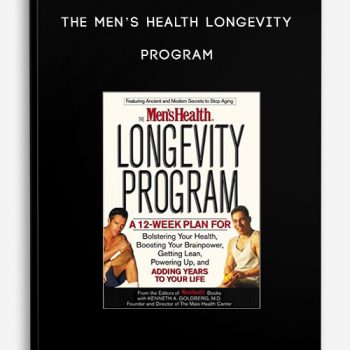
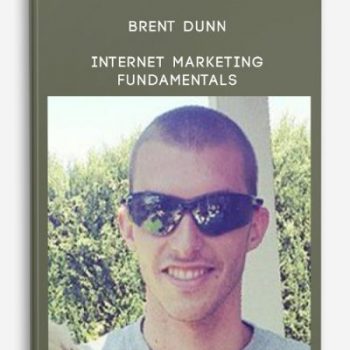
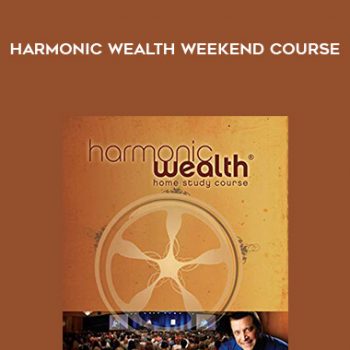
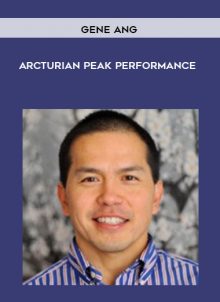
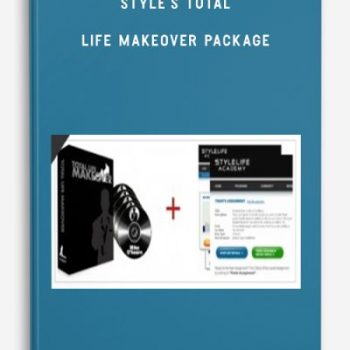
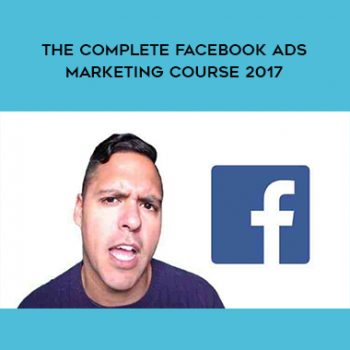
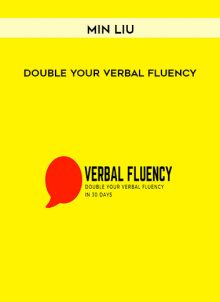
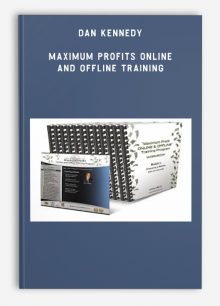

Lord –
This is Digital Download service, the course is available at Coursecui.com and Email download delivery.